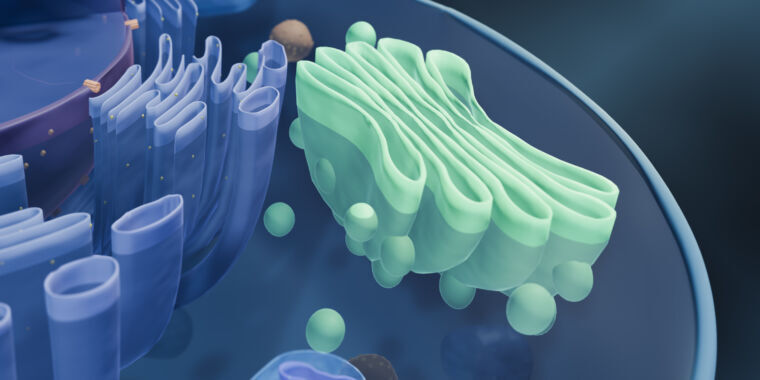This is the best summary I could come up with:
Before Neanderthals and Denisovans, before vaguely humanoid primates, proto-mammals, or fish that crawled out of the ocean to become the first terrestrial animals, our earliest ancestors were microbes.
Now, a team of researchers led by UC Santa Barbara paleontologist Leigh Ann Riedman discovered eukaryote microfossils that are 1.64 billion years old, yet had already diversified and had surprisingly sophisticated features.
During the late Palaeoproterozoic, eukaryotes most likely evolved in the wake of several major changes on Earth, including a drastic increase in atmospheric oxygen and shifts in ocean chemistry.
When things are more tolerable, they produce an enzyme that dissolves a part of the cyst wall into an opening, or pylome, that makes it possible for them to creep out.
After the endoplasmic reticulum of a cell synthesizes proteins and lipids, Golgi bodies process and package those substances depending on where they have to go next.
While fossil evidence of eukaryotes from near their origin eludes us, samples upwards of a billion years old, such as those found by Riedman and her team, are telling us more than ever about their—and therefore our—evolution.
The original article contains 686 words, the summary contains 182 words. Saved 73%. I’m a bot and I’m open source!


